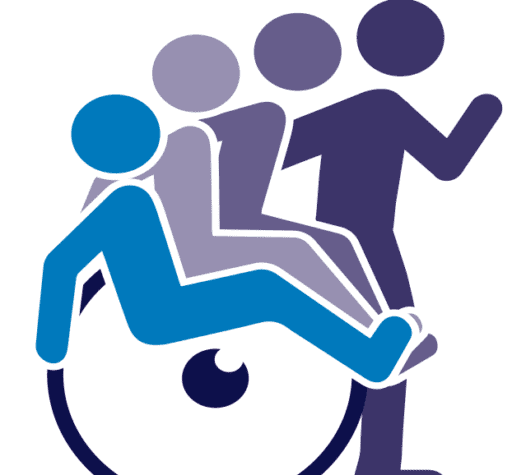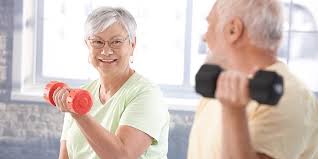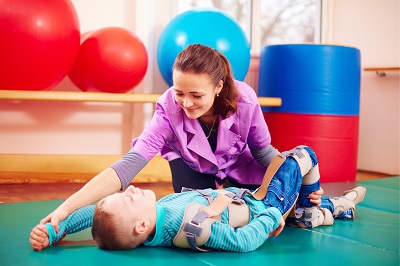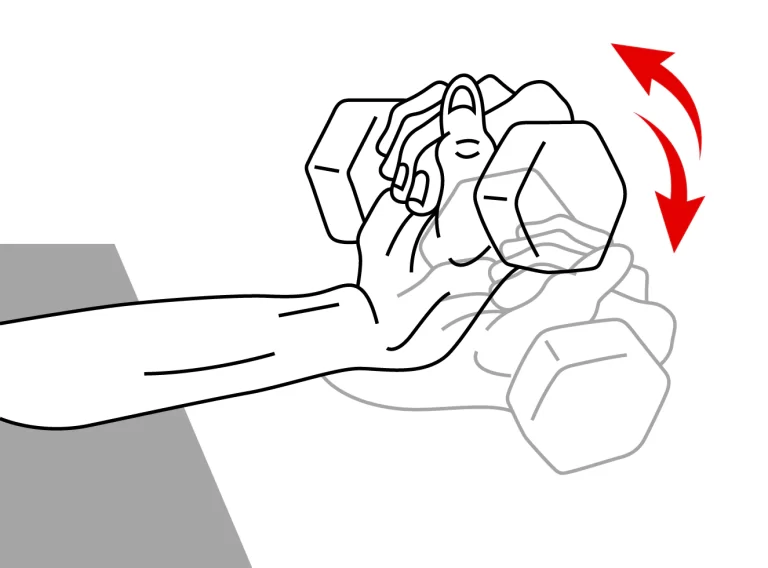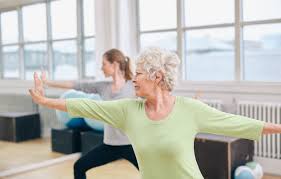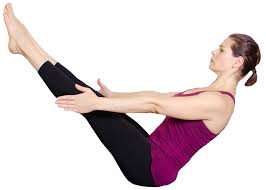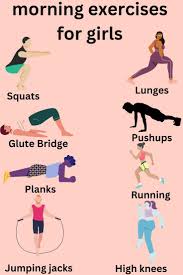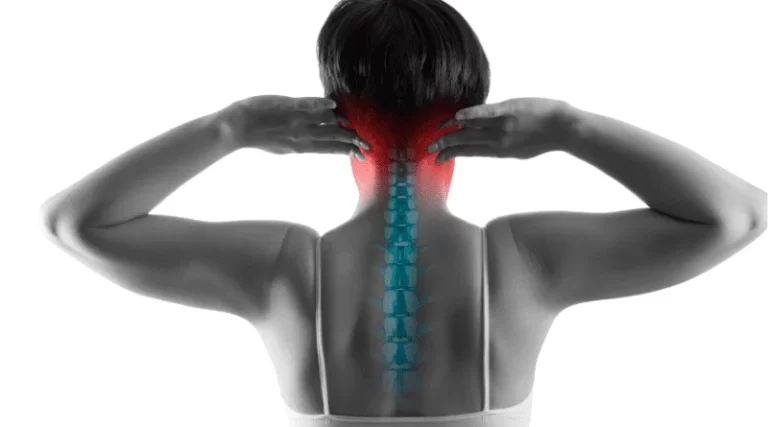22 Best Weight-Bearing Exercises For Osteoporosis at Home
Table of Contents
Introduction:
Our bone density normally declines with age, but osteoporosis accelerates this process, making fractures more likely even from slight bumps or falls. Weight-bearing workouts are among the best methods to build stronger bones and prevent bone loss.
The best thing is that you don’t need to buy expensive equipment or join a gym to perform many of these exercises safely at home. Maintaining your independence and level of activity as you age is made simpler by including weight-bearing activities into your daily routine, which also promotes bone health and enhances posture, balance, and general mobility.
Benefits of Weight-bearing Exercises For Osteoporosis:
By directly activating bone-forming cells, weight-bearing workouts assist people with osteoporosis in maintaining or even improving their bone density. By strengthening the muscles that support your bones, these workouts lessen joint stress and injury risk.
Balance and coordination are also improved by increased muscular strength and joint stability, which is important for avoiding falls, which are a leading cause of fractures in individuals with osteoporosis.
Furthermore, weight-bearing exercises enhance mobility, lower the risk of spine curvature, and improve posture, all of which make it easier to carry out everyday tasks. Stronger bones, more self-assurance when moving, and an improved quality of life can all result from regular exercise over time.
Weight-Bearing Exercises For Osteoporosis:
Walking:
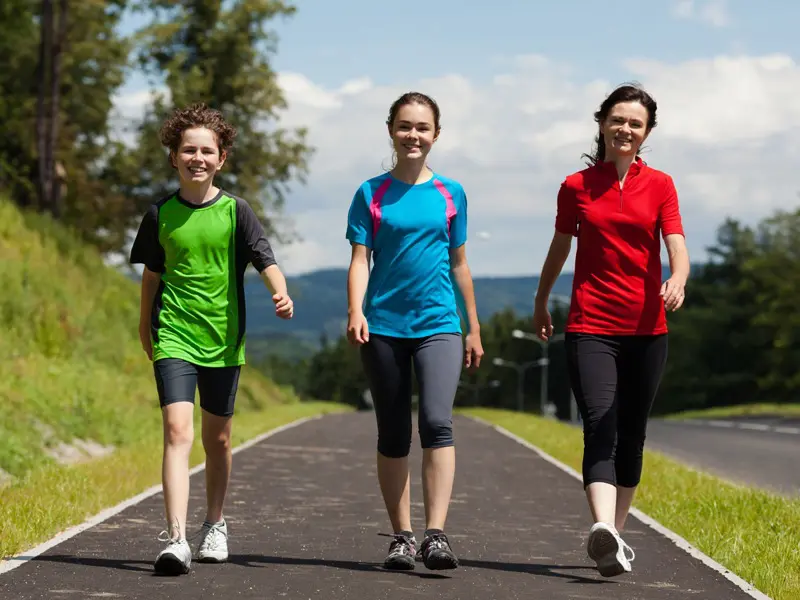
Walking is particularly advantageous for those with osteoporosis since it is one of the easiest and most efficient weight-bearing workouts for enhancing bone health, muscular strength, and general fitness. The legs, hips, and spine are gently stressed by this low-impact exercise, which promotes bone density.
Additionally, walking improves balance, coordination, and cardiovascular health, which lowers the chance of falls. Frequent walking, whether indoors or out, promotes general health and bone strength.
Stair Climbing:

An excellent weight-bearing activity for controlling osteoporosis, stair climbing increases bone density in the lower body and improves the muscles in the legs, hips, and glutes. By putting the bones and joints under healthy stress, this exercise promotes bone development and enhances the functional strength required for daily tasks.
Additionally, climbing stairs improves balance, coordination, and cardiovascular health. It can be performed on outdoor stairs, in a building, or at home, with the duration and tempo according to the participant’s degree of fitness. Particularly for novices or anyone with balance issues, using a railing for safety can help prevent falls.
Dancing:

Dancing is a great option for those with osteoporosis since it’s an entertaining and interesting weight-bearing activity that helps build stronger bones, tone muscles, and improve coordination. The rhythmic motions improve posture and balance while stimulating bone density by applying mild, varying stress to the hip, leg, and spine bones.
Dancing may be tailored to match a variety of fitness levels since it can be done in a variety of genres and intensities, from fast folk or line dances to languid ballroom movements. In addition to its physical advantages, dancing improves mood and lowers stress, which enhances mental health.
Jogging:
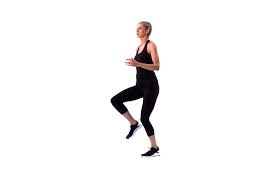
A moderate-to-intense weight-bearing activity, jogging, helps to preserve or increase bone density, which is crucial for those who want to stop the progression of osteoporosis. Each step’s repeating impact puts the bones under a healthy amount of stress, which promotes bone development and improves joint stability.
Additionally, jogging improves coordination, endurance, and cardiovascular health. To lower the danger of falls or joint strain, it should be performed at a moderate speed and on level surfaces. Without medical supervision, it might not be appropriate for those with severe osteoporosis or balance problems.
Hiking:

Hiking is a great weight-bearing activity that helps people with osteoporosis since it improves balance, coordination, and cardiovascular health while strengthening the muscles and bones in the legs, hips, and spine.
Compared to walking on a level surface, walking on natural, uneven terrain puts the bones under diverse and beneficial stress, which helps to promote bone density. By selecting easy paths for novices or more difficult routes for people with more strength and stability, it can be tailored to suit a range of fitness levels.
Step-Ups:
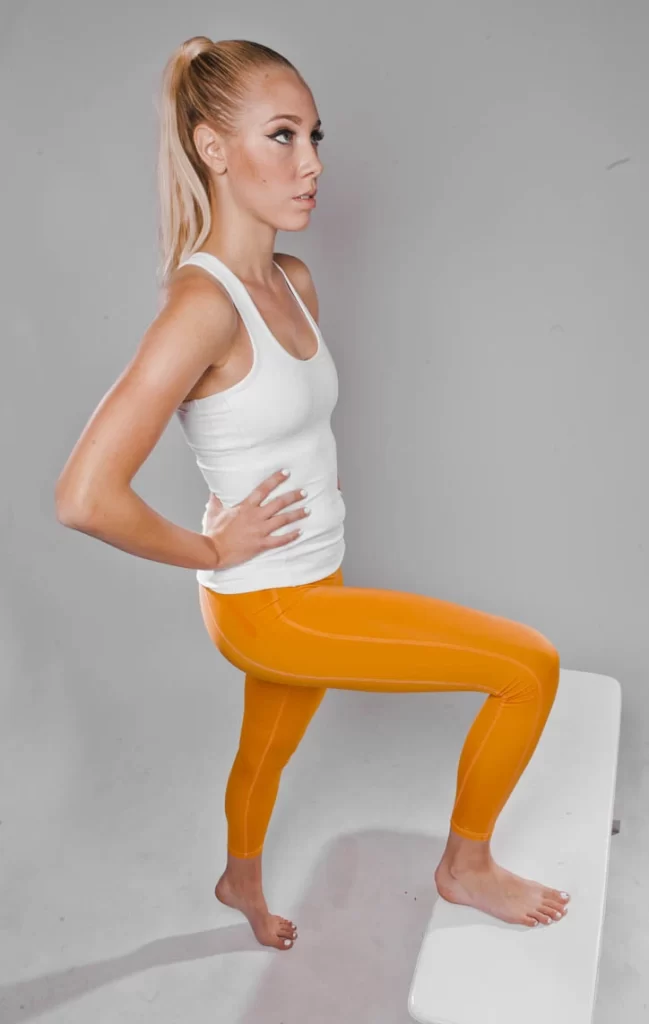
Step-ups are a straightforward yet effective weight-bearing exercise that helps persons with osteoporosis by strengthening the muscles in the legs, hips, and glutes and increasing bone density in the lower body. Stand facing a low bench, platform, or strong step to do this exercise. Press through your heel to raise your body as you step one foot up onto the platform, then raise the second foot to meet it.
Repeat, switching the leading leg, and take a deliberate step back down one foot at a time. By simulating the motion of climbing stairs, this exercise enhances coordination, strength, and balance while putting the bones under beneficial stress.
Squats:
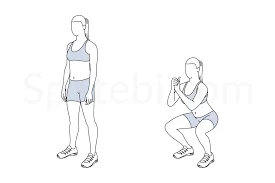
Squats are a great option for people with osteoporosis because they are a very efficient weight-bearing exercise that supports bone density in the lower body and strengthens the thighs, hips, and glutes. In addition to strengthening bones and muscles, squats also enhance posture, balance, and functional mobility for day-to-day tasks.
Heel Raises:
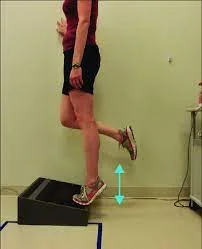
A straightforward yet powerful weight-bearing exercise, heel raises help strengthen the calf muscles, increase ankle stability, and promote improved balance, all of which are critical in lowering the risk of falls in individuals with osteoporosis.
Standing March:
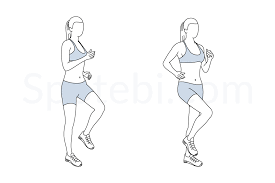
A standing march is a mild weight-bearing exercise that improves balance and coordination, which are critical for preserving mobility in people with osteoporosis, while strengthening the hip flexors, thighs, and core muscles.
To perform this exercise, stand erect, with your feet hip-width apart, and keep your arms at your sides or grasp something solid for balance. In a marching motion, slowly raise one knee to a comfortable height toward your chest, then bring it back down and repeat with the other leg. As you do the action, maintain an erect stance and a regulated, steady pace. This workout strengthens the hip and leg bones in addition to working the leg and core muscles.
Side Leg Lifts:
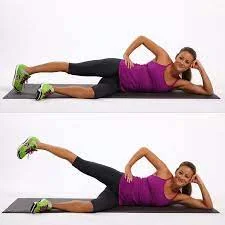
Side leg lifts are a great weight-bearing exercise that helps people with osteoporosis develop their hip abductor muscles, improve their balance, and maintain the integrity of their hip joints. Maintaining your toes pointed front, slowly raise one leg out to the side without slanting your upper body. Continue on the opposite side.
Standing Hip Abduction:
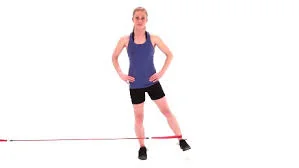
A straightforward yet powerful weight-bearing exercise that works the muscles on the outside of the hips and thighs, standing hip abduction helps increase hip joint strength, stability, and balance, all of which are critical for osteoporosis management. After a brief pause at the peak, carefully drop your leg down to the beginning position. Continue on the opposite side. This exercise works the hip abductors and promotes healthy hip and leg bones.
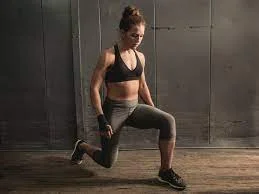
For those with osteoporosis, lunges are an effective weight-bearing exercise that improves balance and stability while strengthening the thighs, hips, and glutes. Return to the beginning posture by pushing through your front heel, then switch to the opposite side. In addition to using a variety of lower-body muscles, lunges put the hip, leg, and pelvic bones under beneficial stress, which increases bone density and functional strength.
Wall Push-Ups:
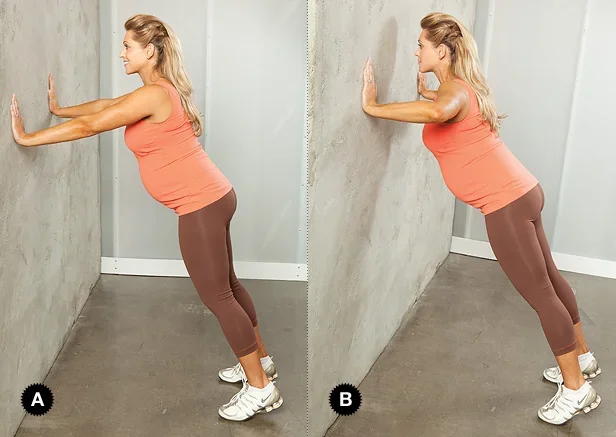
To go back to the beginning position, push through your palms after bending your elbows and slowly leaning your body toward the wall while maintaining a straight back. This deliberate motion strengthens the upper body without overtaxing the joints or spine.
Toe Taps:
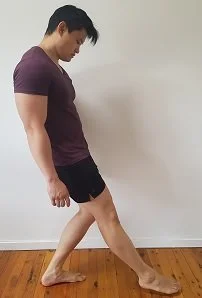
Toe taps are a mild yet efficient weight-bearing exercise that helps increase ankle mobility, coordination, and lower-leg strength, all of which are critical for stability and preventing falls in individuals with osteoporosis. For balance when standing, cling to a solid surface. Maintaining the heel grounded, raise one foot’s toes off the ground and then carefully tap them back down. Before switching, repeat a few repetitions on one foot or alternate between them. This easy exercise stimulates the bones in the lower legs and engages the shin and foot muscles.
Light Aerobic Exercises:

People with osteoporosis benefit greatly from light aerobic workouts because they are low-impact, weight-bearing activities that increase heart rate gradually while promoting bone health and muscular strength. Walking, easy stair climbing, low-impact dancing, and light-paced marching in place are some examples of these exercises.
These activities assist in maintaining or increasing bone density by improving circulation, endurance, balance, and putting the bones under healthy stress. Light aerobic activities may be done every day at home or outside, improving general mobility and well-being since they are gentle on the joints and can be tailored to different fitness levels.
Bridges:
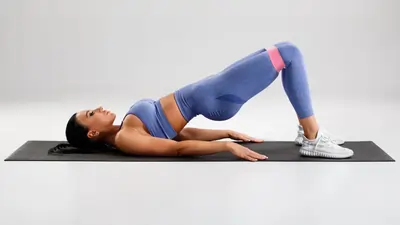
Bridges are a great weight-bearing and strengthening exercise that helps to stabilize the spine and pelvis while working the glutes, hamstrings, and lower back. After a few seconds of holding, gradually lower yourself back down.
Running:
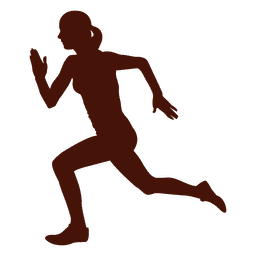
By continuously loading the legs, hips, and spine, running is a high-impact weight-bearing exercise that increases bone density and promotes bone formation. Additionally, it increases muscular endurance and cardiovascular health. Running on level, flat terrain, wearing supportive shoes, and keeping a steady pace are the greatest ways to ensure your safety. Because of the substantial impact, those with severe osteoporosis or joint issues should see a doctor before beginning.
Jumping:
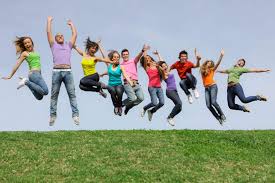
Because jumping puts repetitive strain on the bones, particularly the legs, hips, and spine, it is a high-impact weight-bearing exercise that helps maintain and increase bone density. Additionally, it improves balance, coordination, and muscle strength.
Simple exercises like tiny hops, jump rope, or hopping in place can work well. To prevent damage, anyone with severe osteoporosis, joint difficulties, or balance disorders should speak with a healthcare provider before incorporating leaping into their routine, owing to the significant impact.
Sit-to-stand:
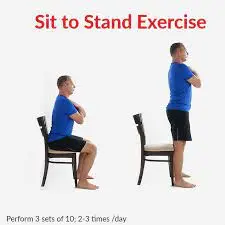
A useful weight-bearing exercise that enhances mobility and balance while strengthening the hips, legs, and core is the sit-to-stand. It is useful for preserving independence in daily tasks since it replicates a natural movement. Return to the sitting posture gradually, then repeat. Most patients with osteoporosis can safely perform this low-impact activity.
Bicep curl:
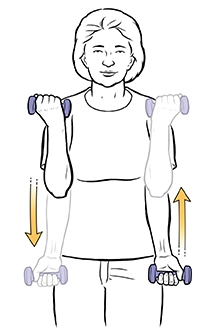
The biceps are worked during bicep curls, a weight-bearing exercise that also works the forearms and increases arm strength in general. Carefully lower them back down again. Bicep curls are a safe and efficient way for persons with osteoporosis to maintain upper body strength since they require light to moderate weights and perfect form, which helps reduce strain.
Standing on one leg:
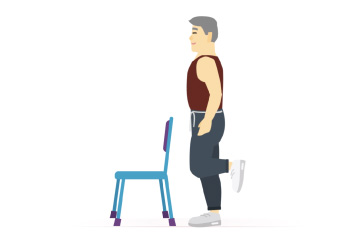
A basic weight-bearing balancing exercise that enhances stability and coordination while strengthening the legs, hips, and core is standing on one leg. Then, steadily raise one foot off the ground. Switch legs after maintaining the posture for as long as it feels comfortable. Fall risk may be decreased with regular practice, which is particularly crucial for those who have osteoporosis.
Tai chi:
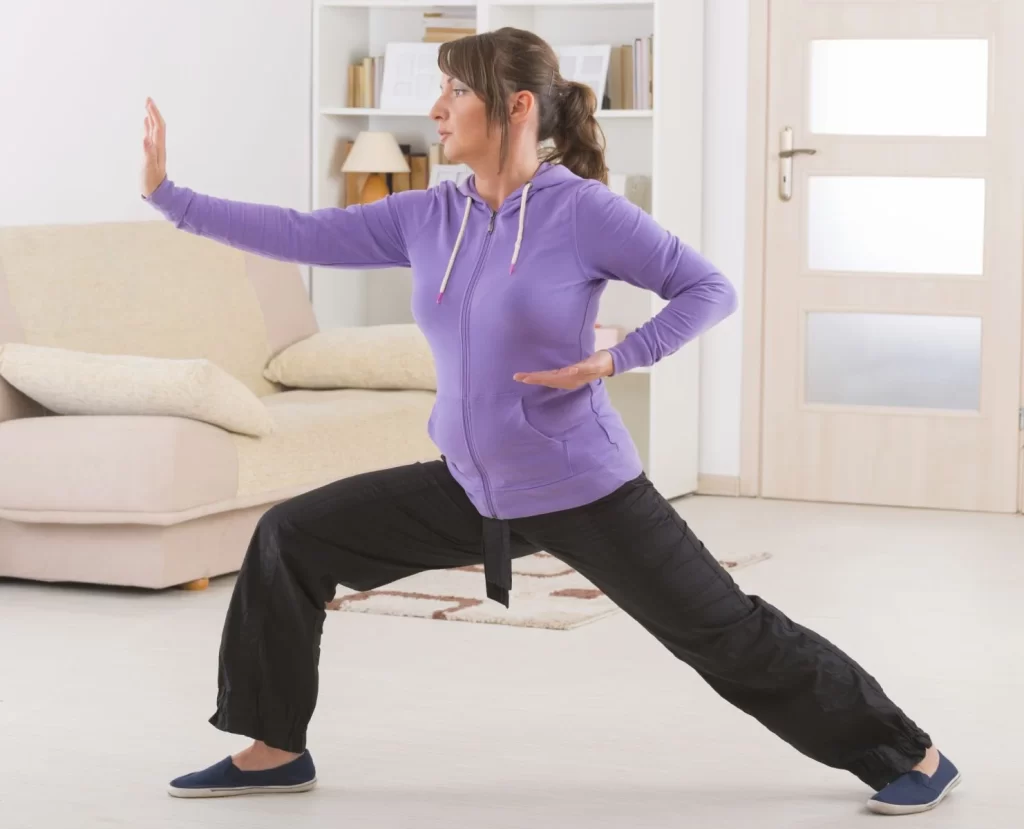
It helps increase lower body strength, flexibility, balance, and coordination, all of which are critical for lowering the risk of falls in those with osteoporosis. Tai Chi may be performed inside or outdoors and is appropriate for persons of all fitness levels due to its gentle nature on the joints.
Safety Tips for Exercising with Osteoporosis:
To avoid harm and save delicate bones, safety should always come first while exercising with osteoporosis. Always start with a mild warm-up to get your joints and muscles ready, and end with a cool-down to speed up your recuperation. To prevent needless tension on the spine or joints, concentrate on keeping good posture and using controlled motions.
Instead of pushing yourself too hard too soon, choose low- to moderate-impact workouts that are appropriate for your level of fitness and raise the intensity gradually. By eliminating trip risks and using supportive footwear or equipment, you can keep your surroundings safe. Above all, before beginning a new fitness program, be sure it is safe and appropriate for your condition by speaking with a healthcare provider.
Conclusion:
Particularly for those with osteoporosis, including weight-bearing activities in a daily regimen is crucial for preserving and enhancing bone density, muscular strength, balance, and general mobility.
These exercises, whether they are soft like Tai Chi, functional motions like sit-to-stand, or high-impact ones like jogging and leaping, help maintain healthy bones and lower the risk of fractures.
For long-term bone health, selecting the appropriate combination depending on personal fitness levels and medical circumstances and executing it with appropriate form guarantees both safety and efficacy.
FAQs
The plank is a straightforward yet effective exercise that works several body muscle groups. As a weight-bearing exercise, it puts the body in a position where gravity is resisted while also boosting stability and strength.
They may be a fantastic addition to your daily routine for your physical well-being, or they can be incorporated into your regular workout regimen. Exercises like wall sits, planks, and knee push-ups are a few ways to include this.
Although it is impossible to fully “reverse” osteoporosis in the sense of returning bones to their pre-disease density, you can considerably slow down bone loss, strengthen existing bone, and lower the risk of fractures by combining lifestyle modifications with, occasionally, medication.
Walking, hiking, running, leaping, stair-stepping, and aerobics are examples of weight-bearing activities. Dumbbells, resistance bands, medicine balls, weight machines, or bodyweight are examples of resistance or muscle-building exercises that are used to build muscle.
There are a few restrictions, but even weight-bearing aerobic activity, such as jogging or walking, can benefit your bones. In general, lower-impact aerobics have less of an influence on bone than greater-impact exercises.
Vitamin C-rich fruits, such as oranges and grapefruit, are beneficial to bone health because they help produce collagen, which is essential for strong bones. Because they contain calcium and other minerals, other fruits like figs and prunes are also good for you.
A multifaceted strategy that incorporates weight-bearing and resistance training, a nutrient-rich diet, and lifestyle modifications is the quickest method to enhance bone density.
References:
- Crna, R. N. M. (2024, July 19). 8 Exercises to Strengthen Your Bones When Living with Osteoporosis. Healthline. https://www.healthline.com/health/managing-osteoporosis/exercises-to-strengthen-your-bones
- Exercising with osteoporosis: Stay active the safe way. (n.d.-c). Mayo Clinic. https://www.mayoclinic.org/diseases-conditions/osteoporosis/in-depth/osteoporosis/art-20044989
- Taylor, R. B. (2024, October 20). 8 workouts for stronger bones. WebMD. https://www.webmd.com/osteoporosis/features/exercise-weight-bearing
- At-Home exercises for stronger bones. (n.d.). https://www.getwellen.com/well-guide/10-exercises-to-strengthen-your-bones-from-your-living-room
